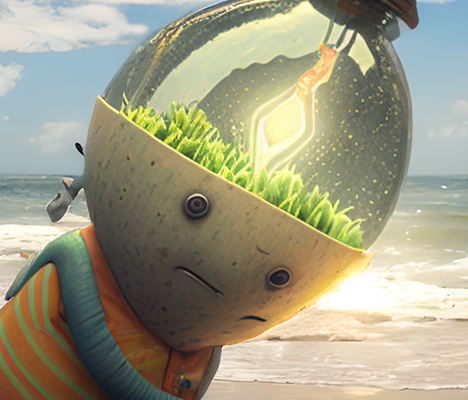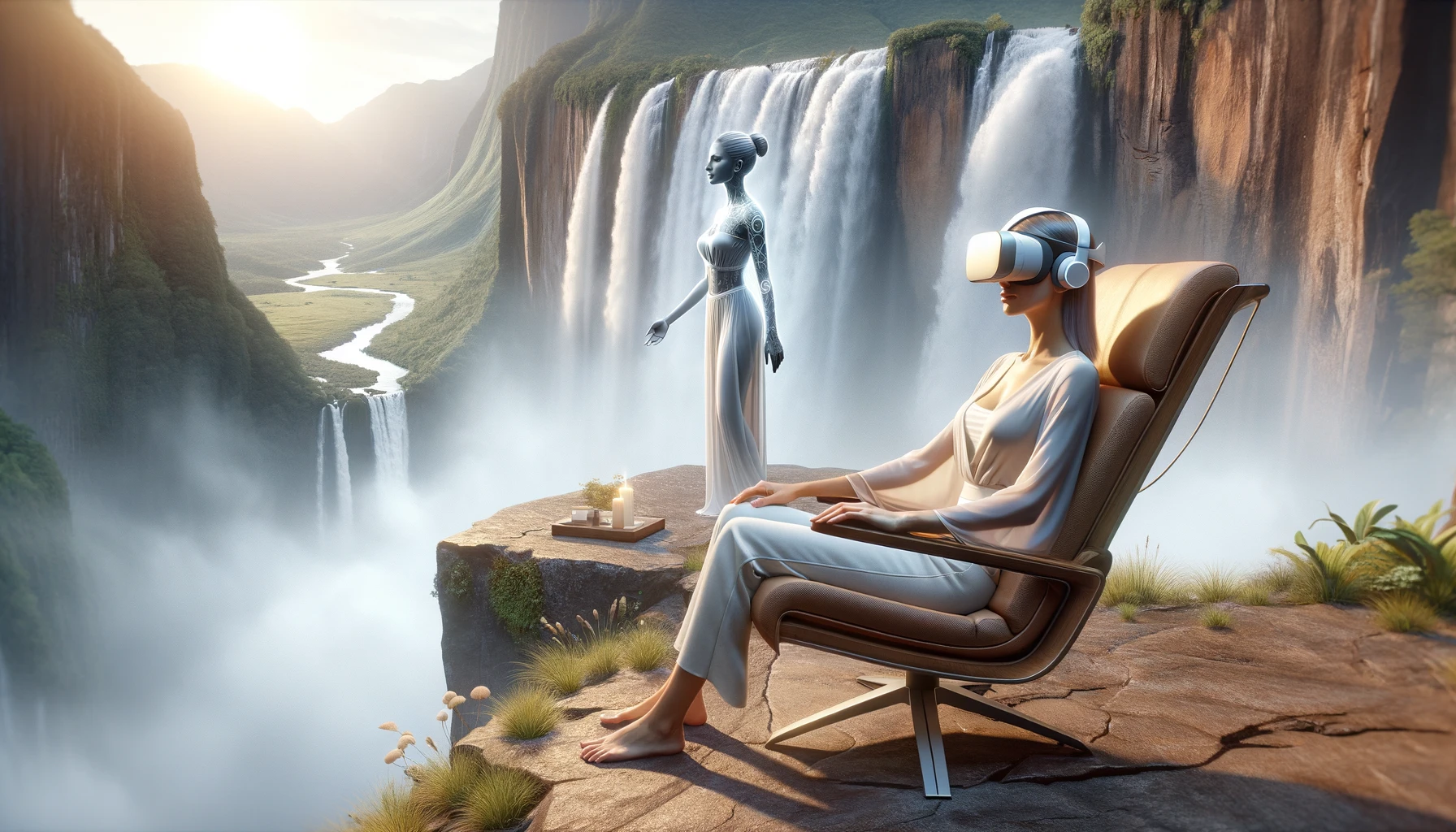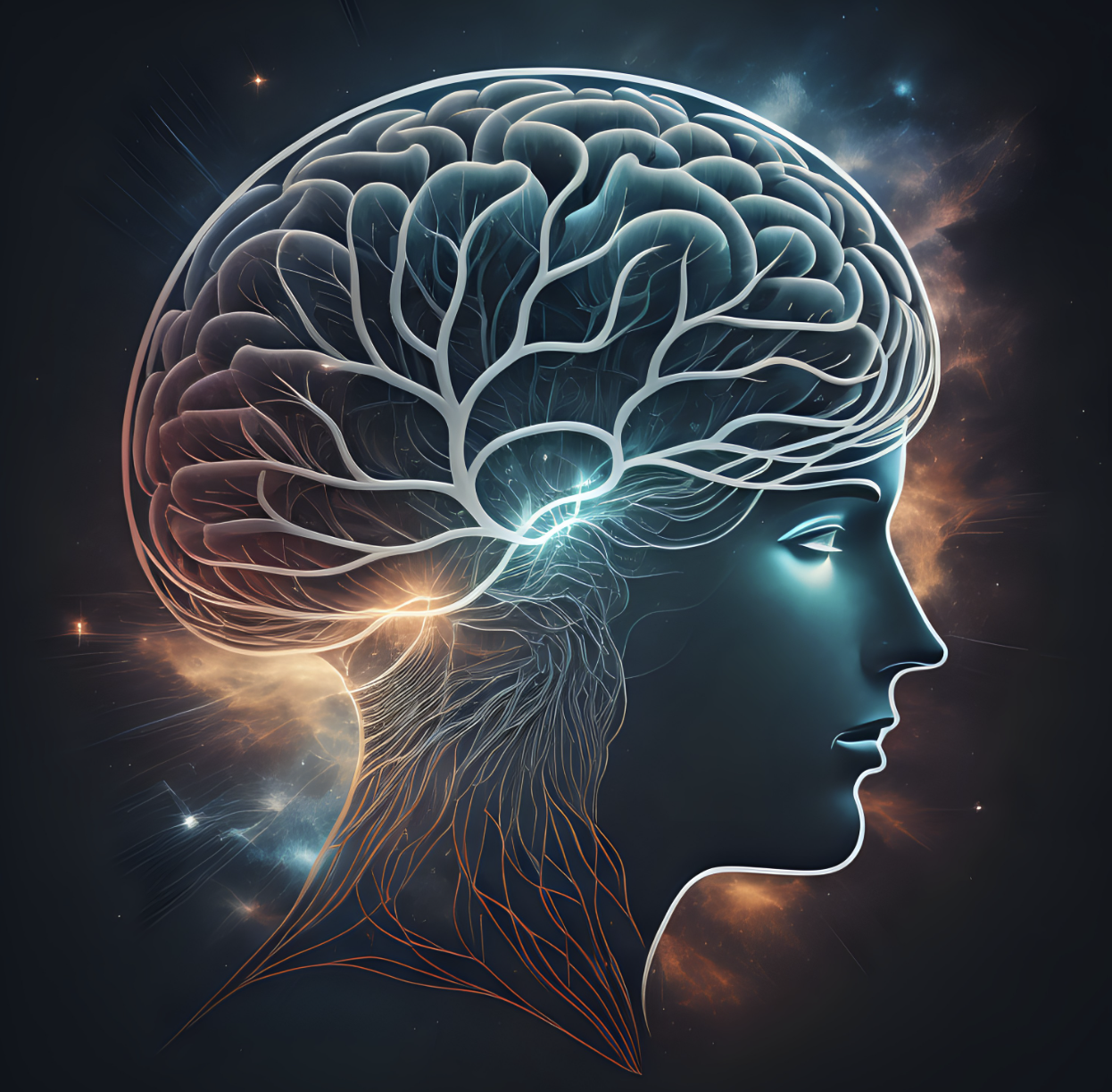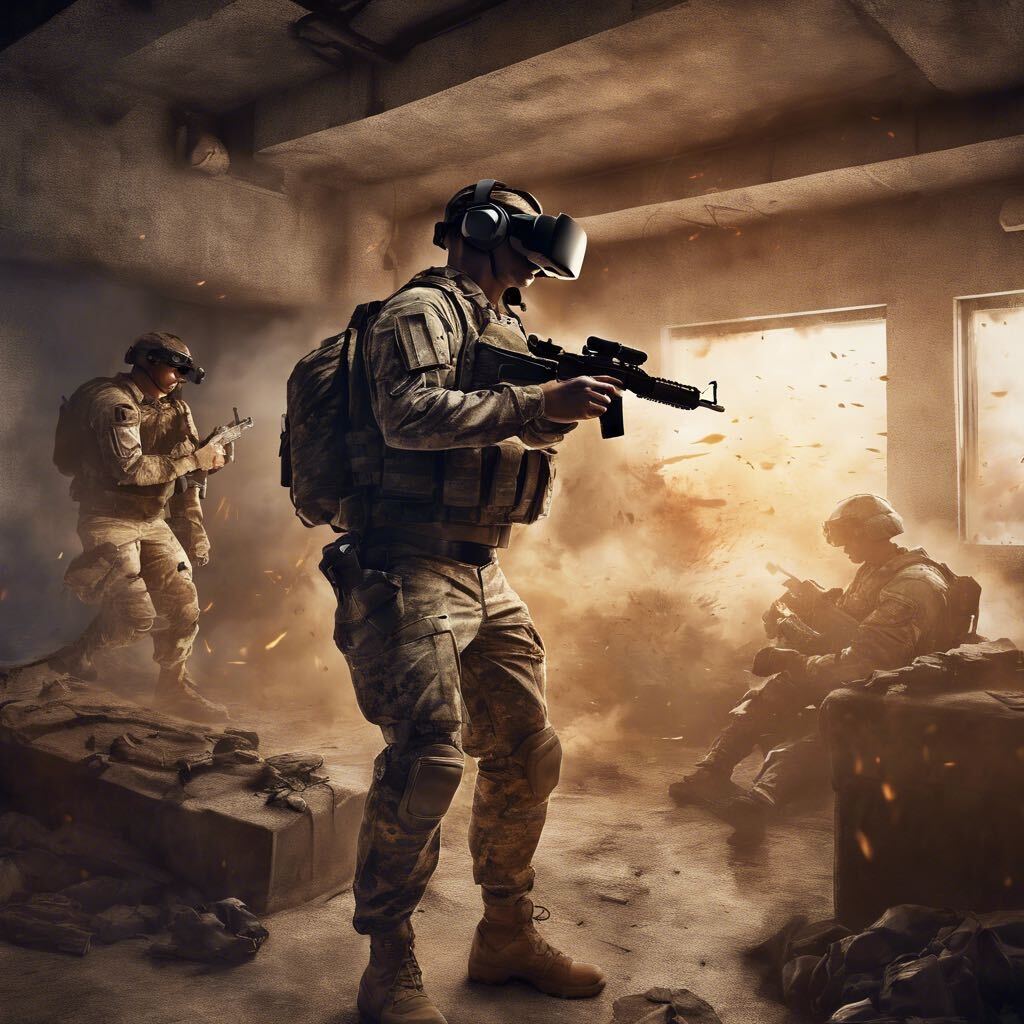2 min read
Revolutionizing Therapy: The Advantages of VR Approach for Anxiety and PTSD
Introduction: In recent years, virtual reality (VR) has emerged as a groundbreaking tool in the field of mental health treatment. In this...
1 min read
 Nerdle
:
Mar 20, 2024 6:54:52 PM
Nerdle
:
Mar 20, 2024 6:54:52 PM
.jpg)
A recent study published in Applied Sciences explores the potential of a novel virtual reality (VR) method for reducing anxiety and inducing relaxation. The method involves interactive audiovisual abstract art animations in a 360-degree VR environment that react to the user's head movements.
The study analyzed a VR application called Binaural Odyssey, which generates spatial abstract visuals paired with binaural sounds. Thirteen participants used the application for 5 minutes while wearing biometric sensors. Questionnaires and interviews gathered subjective feedback, while heart rate variability provided objective data.
Results suggest the method can produce positive mental health effects like decreased anxiety and tension alongside increased relaxation and mental resources. All participants reported reduced anxiety, with statistically significant improvements in anxiety, tension, relaxation, and available mental resources.
However, Binaural Odyssey lacks clear structure and mixes relaxing and activating content, functioning more as an art experience than targeted therapy. The study population also had relatively low stress, limiting generalizability. So while promising, the prototype requires refinement before therapeutic recommendation.
The generative audiovisual approach does seem well-suited for influencing emotions via VR. Participants particularly appreciated the spatial binaural soundscape. But more parity is needed between visual/audio elements and therapeutic goals. Different modes for relaxing vs activating content, improved experience structure, considered use of colors/shapes, and collaboration with mental health professionals could enhance therapeutic impact.
The study is an initial indicator that reactive abstract VR art could enable anxiety reduction and tension relief. Individual elements should align with a structured progression designed collaboratively by both technical and therapeutic experts. While more research is needed, particularly with clinical populations, results provide encouragement for further development of VR emotional regulation approaches. Refining such methods could in time provide more accessible, scalable options for much-needed psychiatric support.
About VRenity
VRenity is at the forefront of transformative therapeutic technology, crafting immersive experiences that envelop the senses and foster tranquility. Our innovative solutions are set to revolutionize the way individuals engage with mental wellness, utilizing the latest in audio and visual technology across popular VR platforms. Prepare for a new dimension in wellness, where serene soundscapes meet dreamlike visuals, all within the reach of your VR headset.
Sources
Jyskä, I., Puura, K., & Turunen, M. (2022). Therapeutic Potential of Interactive Audiovisual 360-Degree Virtual Reality Environments for Anxiety Reduction—A Case Study with an Abstract Art Application. Applied Sciences.
Binaural Odyssey on Steam. Available online: https://store.steampowered.com/app/1421100/Binaural_Odyssey/.
Image Source: Image by Freepik

2 min read
Introduction: In recent years, virtual reality (VR) has emerged as a groundbreaking tool in the field of mental health treatment. In this...

Introduction: In the realm of mental health treatments, VRenity, a pioneering company in virtual reality (VR), is reshaping the landscape. This blog...

In the realm of healthcare, innovative solutions are crucial for addressing complex challenges. VRenity stands at the forefront of this evolution,...